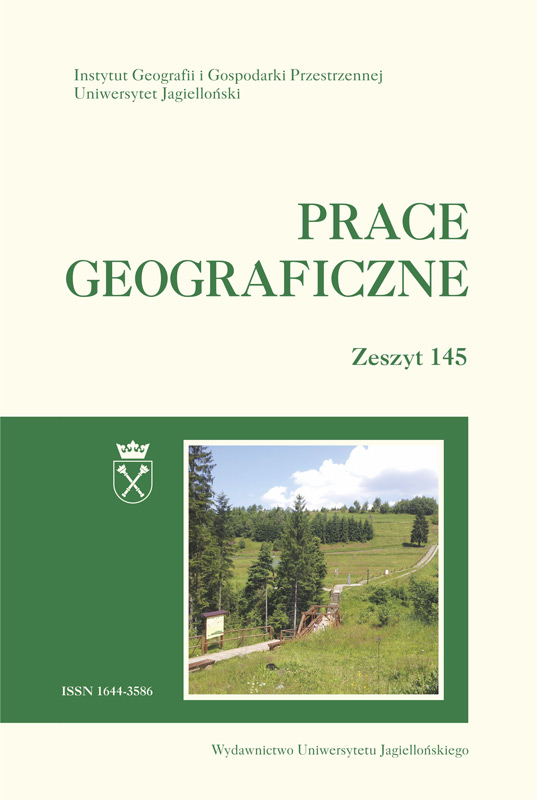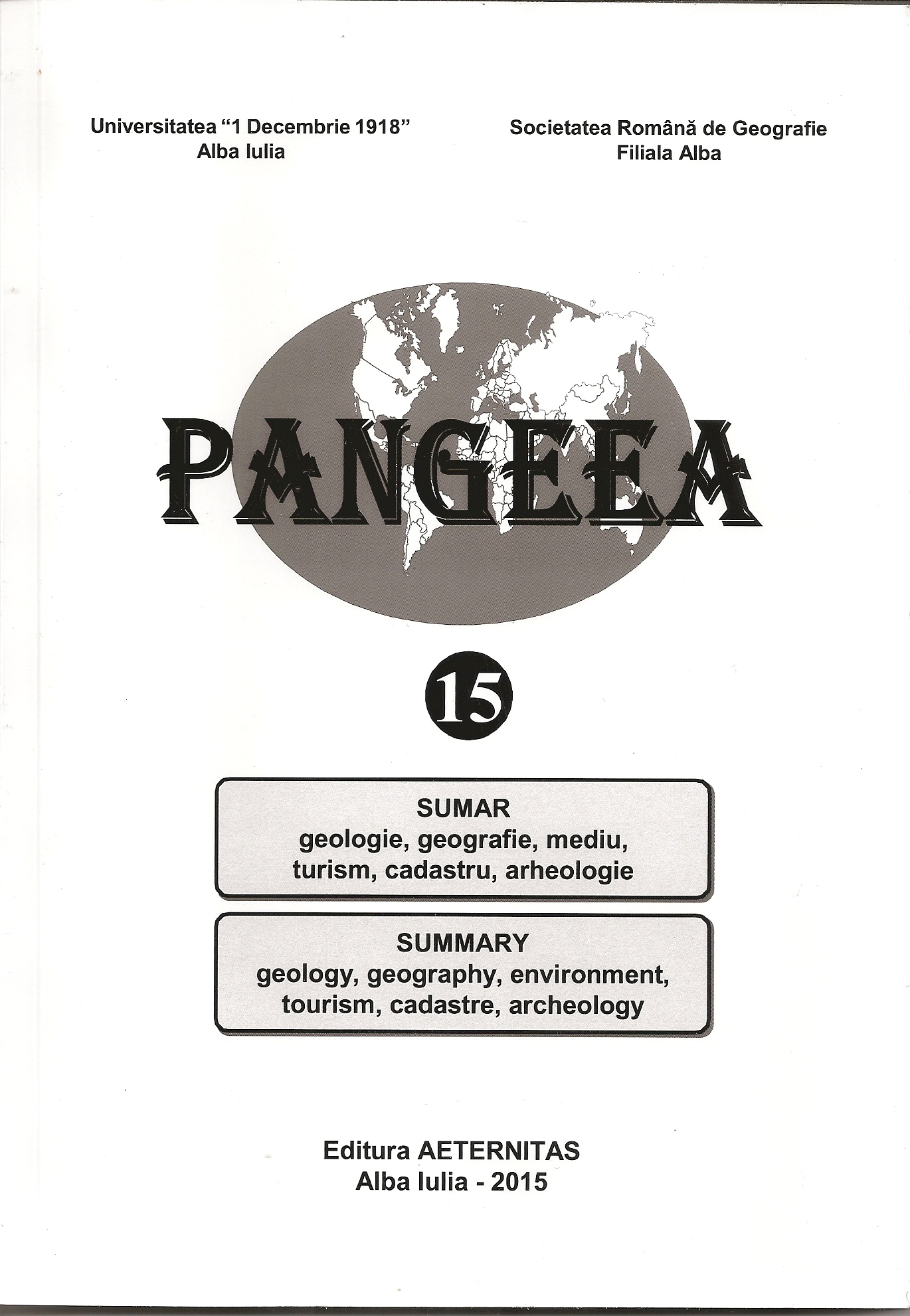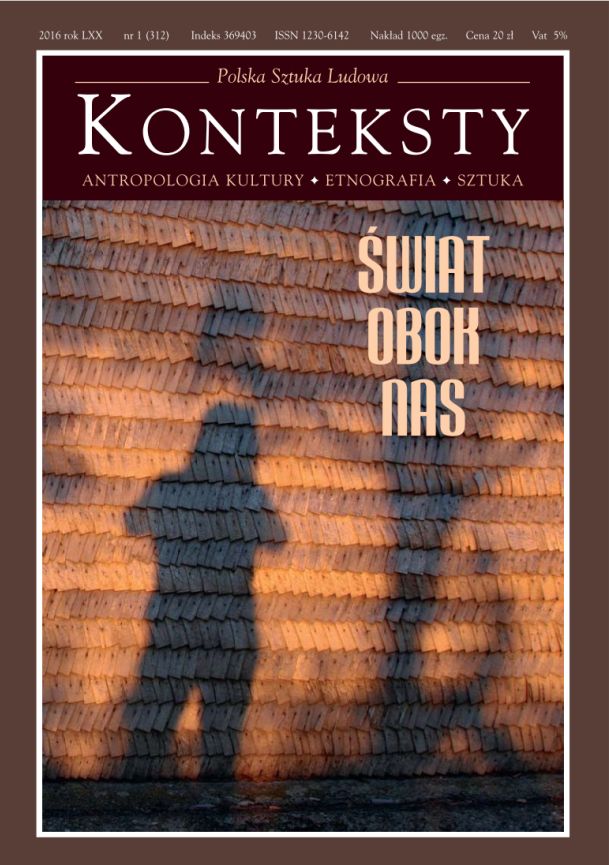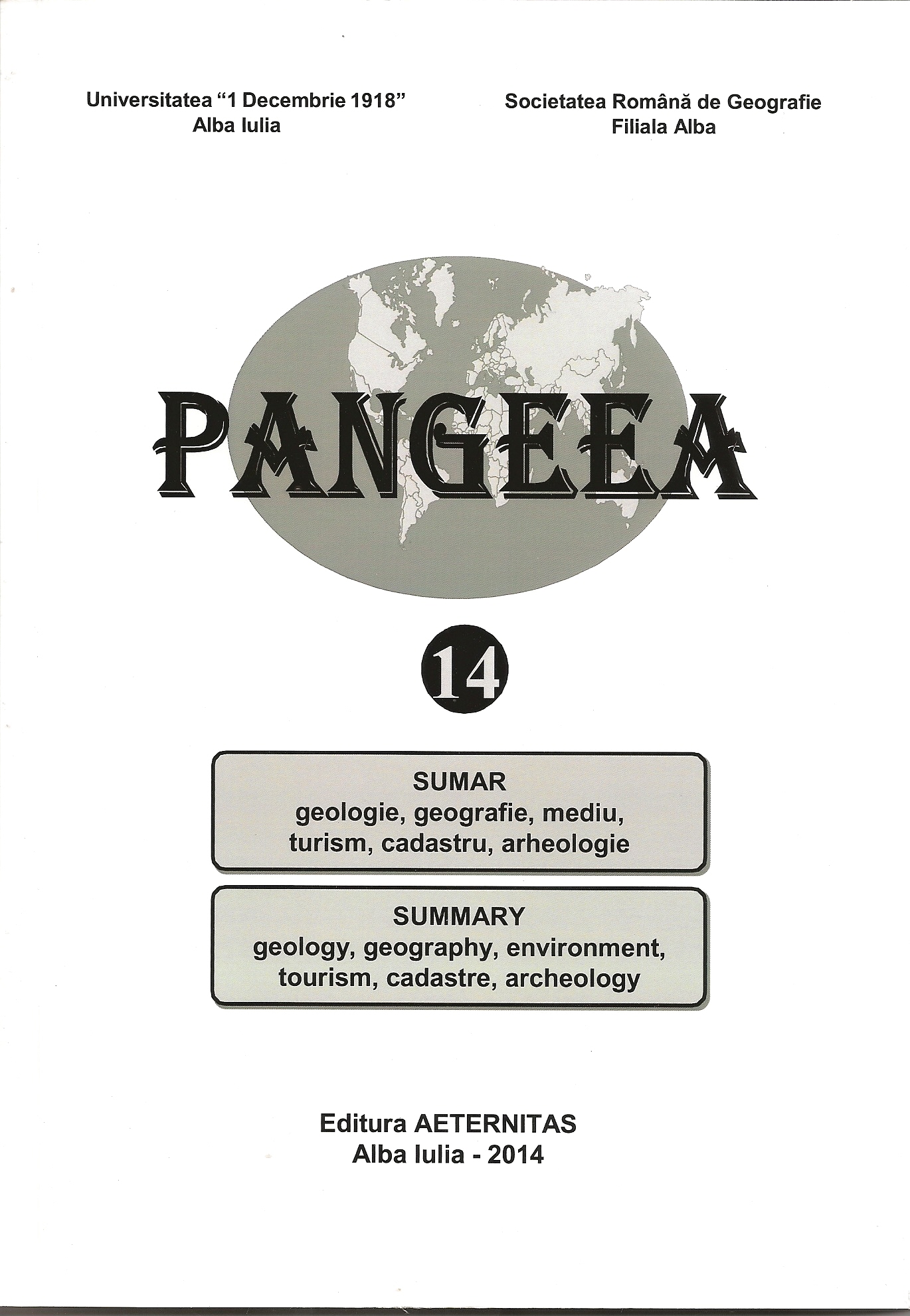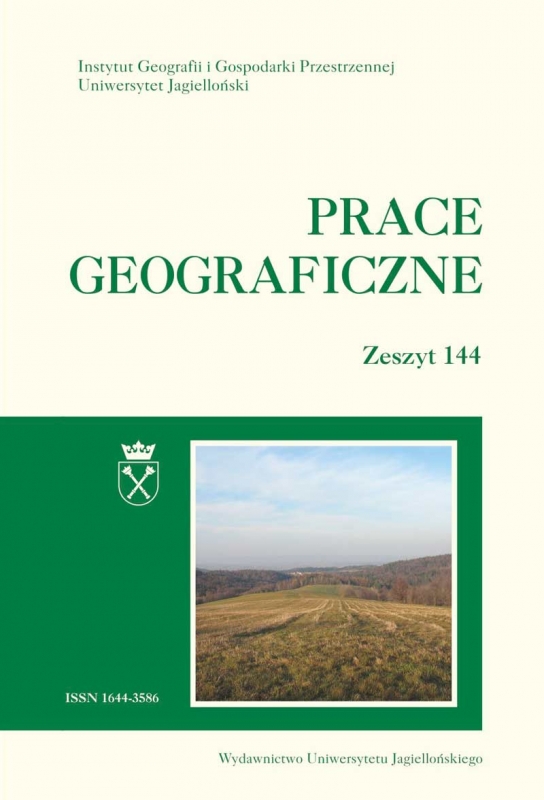
Zmiany i wieloletnia zmienność sezonowości przepływu wybranych rzek Polski
The aim of the paper is to carry out a multi-faceted analysis of the changes and the multiannual variability of the seasonal structure of river runoff in Poland. The research study is focused on river catchments situated in various regions of Poland. The seasonality index (Markham 1970) is employed to provide an assessment of river discharge seasonality for a multi-year period using data obtained from 40 water gauges. The collected data include the daily discharge of the analyzed rivers in the period 1951–2010. Average seasonality indices of the discharge of the investigated rivers were computed. On the basis of average seasonality indices (8%–37%) and their variability levels in the studied multiannual period, it is possible to compute small differences in the magnitude and dynamics of the changes in the seasonal structure of river discharge and precipitation in the studied multiannual period (Kożuchowski, Wibig 1988) and the total outflow from river catchments in the central Poland (Bartnik, Jokiel 2001), respectively. At the same time, the seasonal structure of river runoff, it is conjectured, continually constitutes a stable part of the river regime in Poland over the years as well as across geographic space. However, statistically significant trends (α=0.05) for the obtained seasonality indices of river discharge in the multiannual period was identified only for seven rivers. On the one hand, the data indicate that the smallest seasonality of river discharge is a characteristic of lake district rivers in northern Poland. On the other hand, by contrast, the best seasonal structure of river discharge is typical of Carpathian rivers distinguished by apluvial–nival river regime as well as a nival–pluvial river regime, respectively. At the same time, the data suggest that lowland rivers characterized by a nival well-developedriver regime also feature a better seasonal structure of river discharge. Correlation coefficients (r) between the seasonality indices of river discharge of the studied rivers and the seasonality indices of river discharge of other rivers account for the fact that the seasonal structure of river discharge has changed almost simultaneously with rivers, which are situated close to one another. At the same time, the seasonal structure of river discharge has changed similarly to that of rivers, which drain the same regions of Poland.
More...
